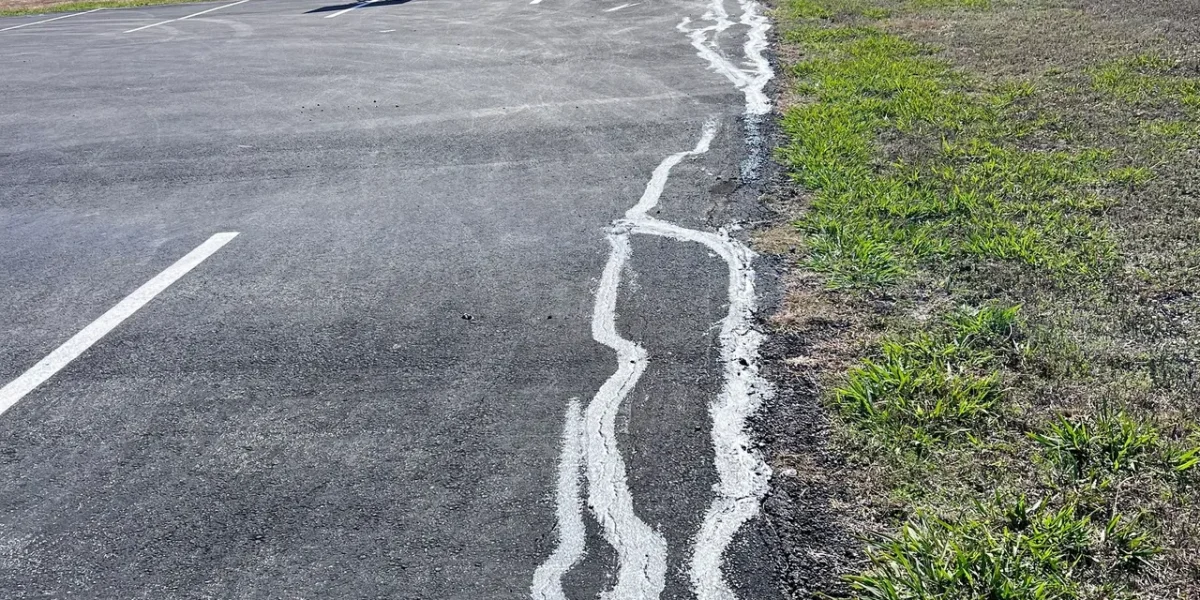As winter approaches, homeowners and property managers often turn their attention to winterizing their properties. One crucial aspect that often goes overlooked is the maintenance of asphalt surfaces. Whether it’s a driveway, parking lot, or walkway, preparing these surfaces for the harsh winter months is vital, and this is where asphalt crack filler comes into play.
Understanding Asphalt Damage
Asphalt is a durable material, but it’s not impervious to the elements. Over time, exposure to water, chemicals, and temperature fluctuations can cause cracks to develop. These cracks might seem minor at first, but they can quickly grow into larger problems, especially in winter.
The Freeze-Thaw Cycle
The primary reason to address asphalt cracks before winter is the freeze-thaw cycle. When water seeps into cracks and then freezes, it expands, widening the cracks. As temperatures fluctuate, this cycle repeats, exacerbating the damage and potentially leading to more significant issues like potholes or substrate erosion.
Benefits of Asphalt Crack Filler
- Prevents Water Penetration: By filling cracks, you prevent water from seeping into the asphalt’s foundation, which can cause severe damage when it freezes and expands.
- Extends Pavement Lifespan: Regular maintenance, including crack filling, can significantly extend the lifespan of your asphalt surfaces, saving you money in the long run.
- Improves Safety: Large cracks and potholes can be hazardous. Filling cracks before they develop into bigger problems helps keep the surface safe for vehicles and pedestrians.
- Enhances Appearance: A well-maintained asphalt surface looks better and can improve the overall aesthetic of your property.
Choosing the Right Crack Filler
Not all crack fillers are created equal. For colder climates, it’s crucial to choose a filler that’s designed to withstand freezing temperatures. Look for products that offer flexibility and can expand and contract with the asphalt.
Timing and Application
The best time to apply crack filler is in the fall, before temperatures drop too low. Clean the cracks thoroughly before application to ensure the filler adheres properly. For larger cracks, it might be necessary to use a patching compound before applying the crack filler.
Professional Help
While smaller cracks can be a DIY project, larger issues should be handled by professionals. They have the right equipment and expertise to ensure the job is done correctly.
Conclusion
In conclusion, addressing asphalt maintenance before winter is an essential step in property upkeep. Asphalt crack filler plays a crucial role in this process, helping to prevent further damage caused by the freeze-thaw cycle. By taking action before the cold weather sets in, you can save on costly repairs, extend the life of your asphalt surfaces, and maintain a safe and appealing property.



